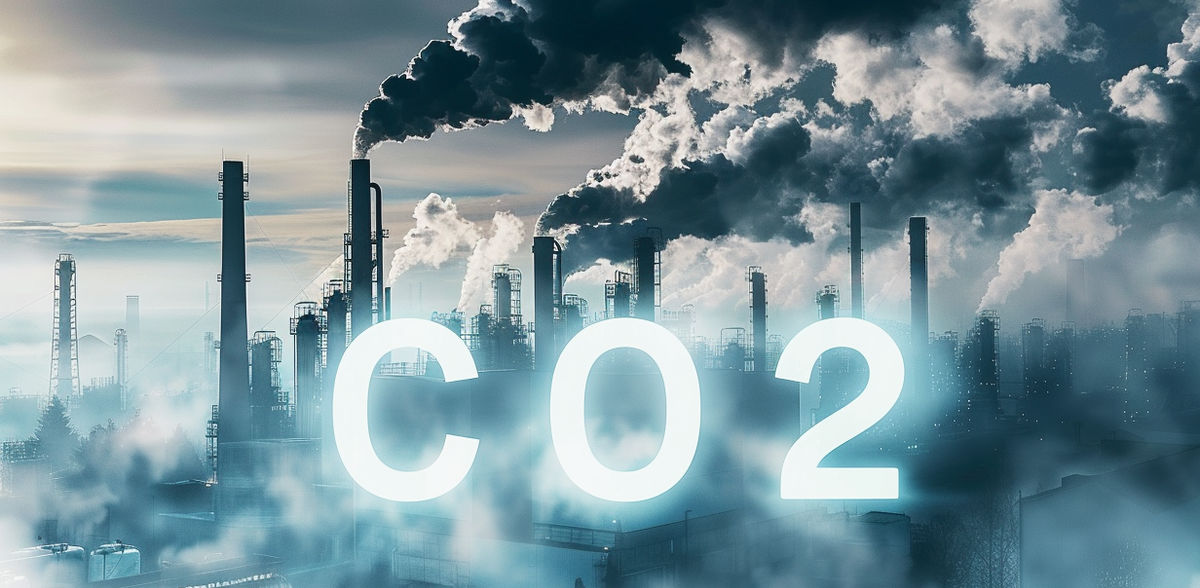How to Enable the Transition From Fossil to Renewable Carbon in the Chemical and Material Sector?
In a comprehensive member survey, the Renewable Carbon Initiative collected ideas and opinions
Advertisement
The European chemicals and materials sector is under pressure. Renewable carbon Initiative (RCI) members, representing a wide range of these sectors, see many common elements in the key challenges and how to address them. High energy and raw material prices, as well as the need to defossilise carbon demand to meet CO2 emission targets, particularly for so-called “Scope 3” emissions, are some of the issues frequently raised.

nova-Institut
A central issue: there is no policy to incentivise the shift from fossil to renewable feedstocks in chemicals and plastics. RCI members urge policy makers to develop an appropriate regulatory framework to promote the use of renewable carbon feedstocks beyond fuels and including measures at feedstock/polymer level. To drive this transition, the utilisation of non-fossil feedstocks must be made attractive to producers and consumers. When it comes to chemicals and derived materials, the European Union mostly approaches the sector via restrictive policies, for example via REACH or the Single-Use Plastics Directive. But such policies are hardly a viable tool to enable transformation strategies, guide development towards long-term targets and promote innovation/uptake of renewable carbon. The EU should investigate and consider more incentive-focused policies as a necessary tool to enable a guided transition. This could greatly accelerate the transformation towards renewable carbon, perhaps like it is currently happening in the US with clear support for carbon capture and bio-based plastics through regulation. The RCI believes that the current policy approach, which is more focused on restricting undesired or unproven technologies, should be adapted towards a more supporting framework that enables new technologies and solutions for the chemical industry. Change is necessary from regulations that aim to prohibit to regulations that enable.
Europe has clear strengths. Europe is known for its rich educational landscape, cultural diversity, and advanced infrastructure, which includes well-established sustainable supply chains and regulatory frameworks. In many technology sectors, Europe is still in a top position, but USA, China, India, and others are on the fast track and Europe cannot afford to be slow. With the right incentives, change can happen in a relatively short period of time. Given the sustainability mindset of the European industry and population, measures to boost more sustainable solutions could be widely supported. Transparent and resilient societies form a strong foundation for a renewable carbon economy.
RCI members identified several concrete instruments and measures to improve the economic framework conditions for the European chemicals and materials industry to develop into an innovative, strong, competitive, and sustainable sector. New technologies require new investment and, especially where economies of scale are not yet available, cannot compete directly with established fossil systems that have been optimised over decades. Therefore, policy guardrails are needed to make the transition possible – and to reduce or eliminate the huge and ongoing fossil feedstock subsidies. Even the introduction of a fossil carbon tax on the chemical industry has been proposed by some RCI members.
One suggestion from many RCI members is minimum quotas for renewable carbon content in different application sectors, i.e. combined or separate quotas for recycling, bio-based and CO2-based content. Such quotas have been and still are successfully used for the sustainable fuel sector in the Renewable Energy Directive – extending this concept to chemicals and materials could also benefit this sector. Creating demand for renewable carbon through the policy framework will lead to rapid investment and improved production. Other proposals called for a proper carbon accounting mechanism, CO2 border adjustment and verified proof of sustainable production, all of which could make a significant difference to fossil-based products, especially imports. Extended Producer Responsibility (EPR) could be another way to support the transition to renewable carbon, especially if Scope 3 emissions are included in CO2 emissions.
Current assessment methods of and restrictions on sustainable carbon feedstocks that can be converted are another significant barrier to achieving the required volumes. In the case of biomass, it is the lack of acceptance of food and feed crops as a sustainable option; in the case of CCU, it is the focus on biogenic point sources and the only slowly growing recognition as a key technology for a net-zero; and in the case of recycling, it is the slow acceptance of chemical recycling as a key technology to complement mechanical recycling.
Only by combining the three pillars of food and non-food biomass, CCU from biogenic and remaining fossil sources, and mechanical and chemical recycling can we fully close our carbon cycle. For all production sectors, the supply of green energy at (industrially) affordable and (internationally) competitive prices is crucial. Solar and wind energy as well as green hydrogen should be massively expanded.


























































